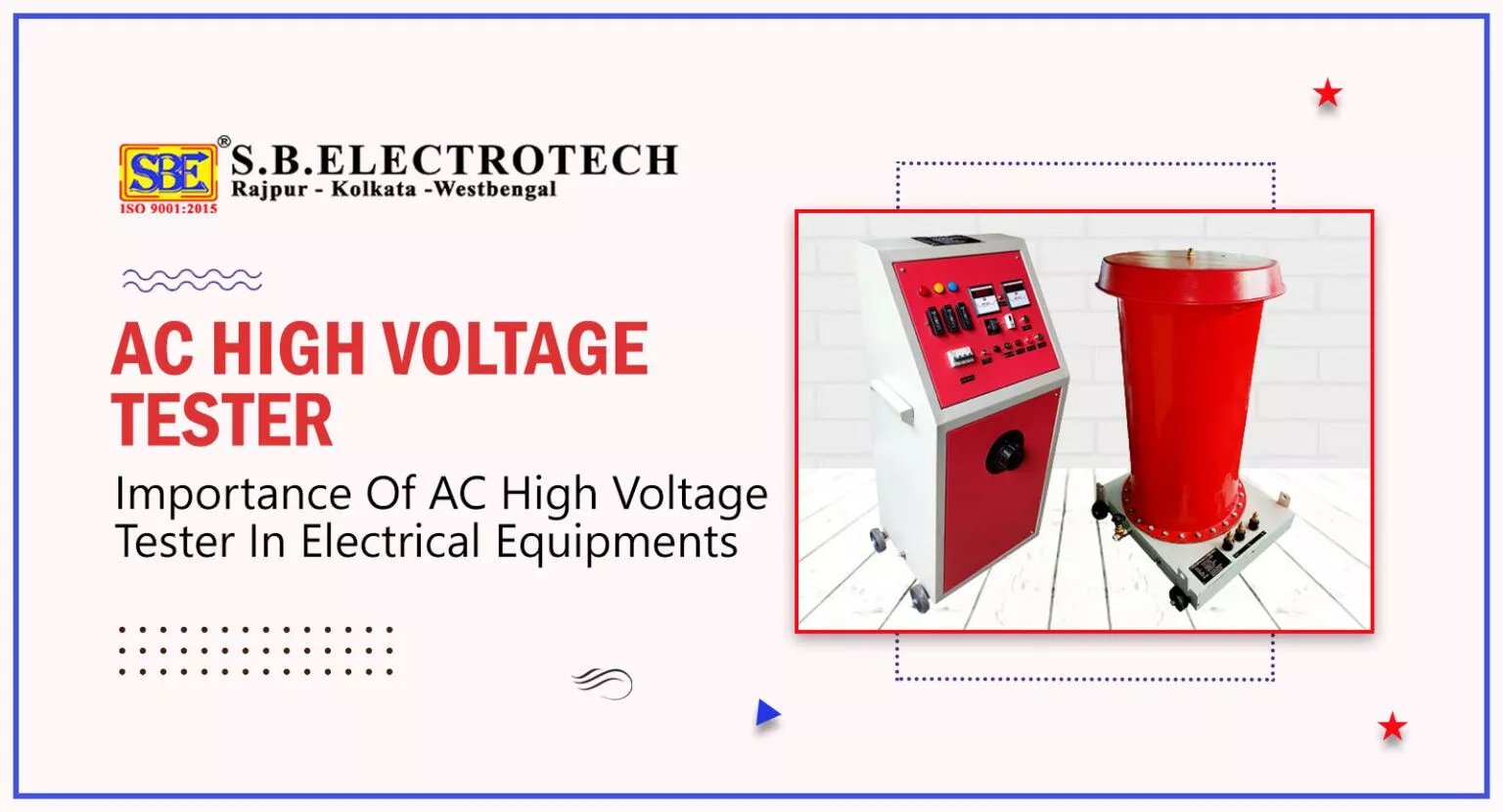AC High Voltage Tester is typically used to check the performance of electrical devices. To achieve the needed standards, quality, and dependability, the manufacturer performs the primary high voltage testing as part of the type and routine tests in the production. Some include partial discharge measurements, switching impulse testing, lightning and switching resistance tests, and insulation resistance tests.
While the on-field testers for maintenance purposes are considerably of lower range, this AC High Voltage Tester uses generators working in the capacity range of electricity up to 100 KV range and higher to evaluate the insulation from primary to earth, secondary to earth, and between primary & secondary.
How High Voltage Testing Carried Out?
High voltage testing is during installation tests or routine maintenance. One of the most common is the withstand voltage test, which is used to determine whether the transformer’s dielectric strength is enough for service or as part of maintenance programs to show that the equipment continues to be able to tolerate high voltages while in use. Typically, the transformer’s mains and secondary or secondary and ground experience an overvoltage for 60 seconds. If the measured current is less than the maximum leakage current permitted and does not cause the insulation to break, the high voltage testing was successful to check that the product will be safe to use under typical operating conditions. The SMC Raptor System now offers this type of testing.
Essential Benefits Of AC High Voltage Testing
- The high voltage technology businesses are required to conduct routine inspections regularly to guarantee the equipment’s integrity, condition, and safety. The authorised staff should take care in regular maintenance to assess the equipment’s present state. Equipment testing is essential for determining the machine’s overall integrity. These routine inspections are usually carried out to prevent equipment or machine failure, which could result in significant output losses. Some of the leading AC High Voltage Tester Manufacturers in India suggests that you check your equipment periodically.
- These machine assessments can also be helpful in determining the value of recently purchased equipment before it gets installed. Before selling their products to customers, several manufacturing sectors test the insulation of their equipment using high voltage.
- The reliability and quality of the machines have a significant impact on the advantages of using high voltage insulation testing. Because the machines have gone through several stages to ensure that they are flawlessly running and suitable for functioning, the testing methods offer trustworthy and effective insulation for any electrical machine.High voltage tests are the most reliable way to determine the insulating resistance of equipment. However, it shows maximum high voltage that can put too much stress on the insulation of the equipment. Testing equipment can greatly assist in obtaining accurate results.
How Should I Choose A High Voltage Tester?
Usually, research states that to carry a portable high voltage tester so that you may do maintenance on the high voltage equipment while traveling to various locations. It can increase the equipment under the test’s lifespan in addition to identifying systemic flaws. Skipper high voltage testers have great functionality that assures both the operator’s and the equipment’s safety, including their small size, extended duty cycles, automatic tripping, safety, and zero start interlock.
Get AC High Voltage Advanced Solutions WIth Premium Quality Brand!
If you want to examine the overall performance of your electrical equipment, choose the high-quality tester from leading AC High Voltage Tester Suppliers In India at SB Electrotech. To know more contact us today!

S.B.ELECTROTECH
S.B. Electrotech is a company that specializes in manufacturing of electrical and electronic testing and measuring instruments. With years of expertise in this field, we ensure to provide high quality, safe, and sustainable products.




